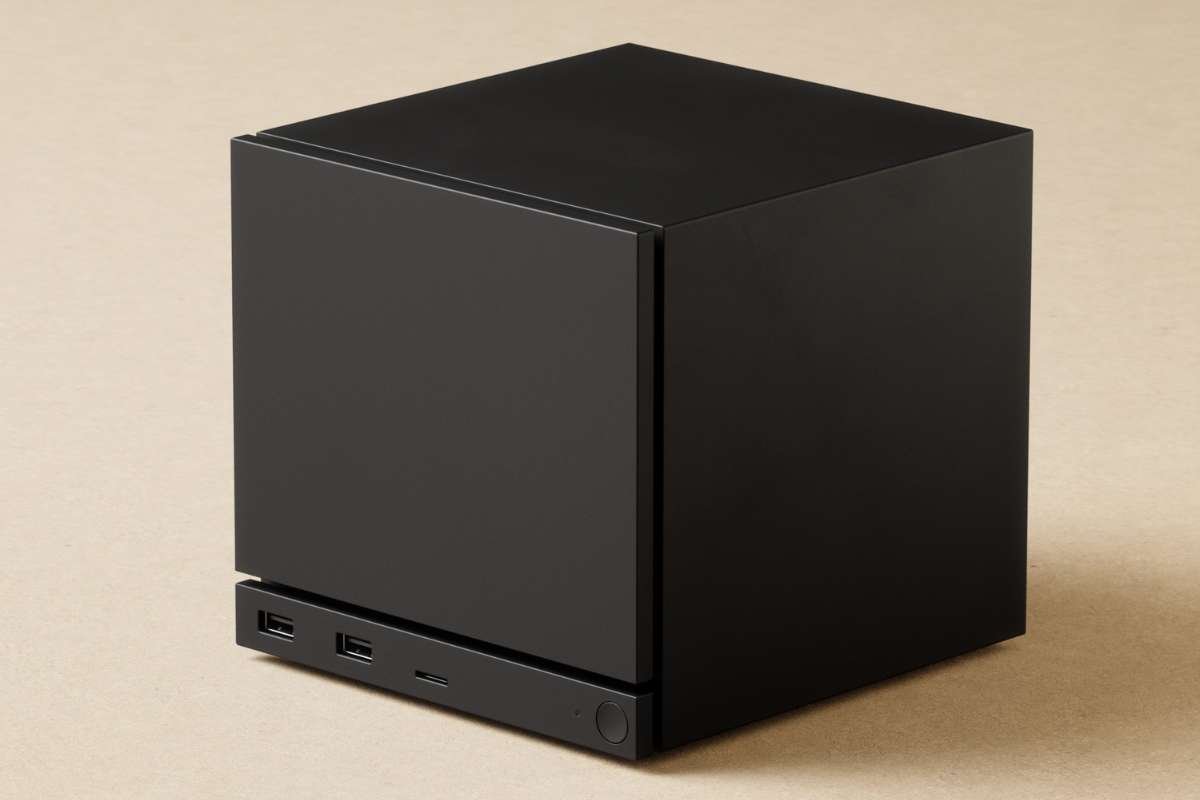Nvidia has officially introduced its latest addition to the GeForce GPU lineup—the RTX 5050—for both desktop and laptop platforms. Priced from $249, the desktop version is designed to deliver entry-level access to advanced gaming features like ray tracing and DLSS 4 with Multi Frame Generation. The GPUs are based on Nvidia’s Blackwell architecture and are set to be manufactured by third-party vendors such as Asus, Gigabyte, MSI, and Zotac.
The desktop RTX 5050 will feature 8GB of GDDR6 VRAM, 2,560 CUDA cores, and consume up to 130W of power. Shipments are expected to begin in the second half of July, with Nvidia planning to release updated Game Ready Drivers in early July to ensure compatibility. Despite the use of last-generation GDDR6 memory, Nvidia claims the RTX 5050 will provide a compelling gaming experience for budget-conscious consumers.
Laptop RTX 5050 Boasts GDDR7 for Efficient Performance
On the mobile side, the RTX 5050 GPU offers a more advanced memory solution—8GB of GDDR7 VRAM—along with the same 2,560 CUDA cores. The laptop variant will operate within a 35W to 100W power envelope, enabling manufacturers to incorporate it into thinner, lighter designs. Nvidia highlights the power efficiency and thermal performance of GDDR7, making the GPU particularly suitable for compact gaming laptops.
Laptop models featuring the RTX 5050 are priced starting at $999, with availability beginning immediately for select models. For units shipping before Nvidia’s driver update is released, the necessary drivers will come pre-installed to ensure smooth out-of-box performance. This launch fills a gap in Nvidia’s mobile GPU offerings and aligns with current demand for energy-efficient yet capable laptop graphics.
Performance Promises and Market Positioning
Nvidia positions the RTX 5050 as the successor to the highly popular RTX 3050, a card that still ranks among the most widely used on platforms like Steam. Unlike previous generations, Nvidia did not release a desktop RTX 4050, making the 5050 a key product for gamers seeking affordable access to modern technologies.
Although the desktop variant’s GDDR6 memory might appear to be a step behind its laptop counterpart’s GDDR7, Nvidia assures users of strong performance. Benchmarks shared by the company suggest that the RTX 5050 can exceed 150 fps in ray-traced scenarios like Cyberpunk 2077, when paired with features like DLSS 4 and Multi Frame Generation. However, these results were based on testing with an AMD Ryzen 7 9800X3D CPU and 1080p resolution.
In traditional rasterization workloads, the RTX 5050 is reportedly around 60% faster than the RTX 3050, making it a significant upgrade for users on older hardware. While it shares the same 8GB VRAM capacity as the RTX 5060, the 5050’s fewer CUDA cores—1,280 fewer—mean it will naturally slot below its more powerful sibling in terms of raw performance.
Overall, the RTX 5050 looks to be a strong entry-level option for gamers and creators seeking next-gen features at a lower price point.


















